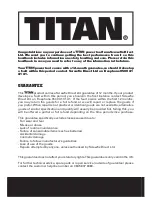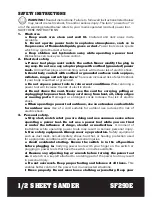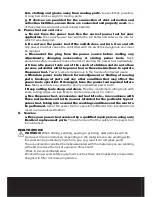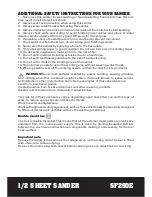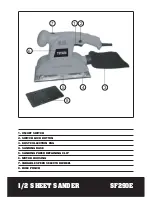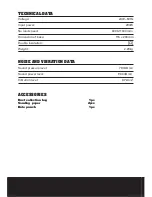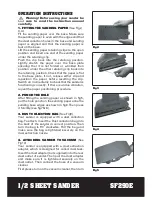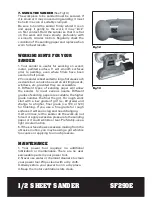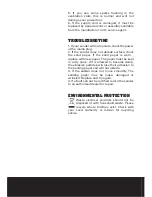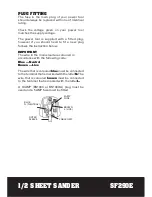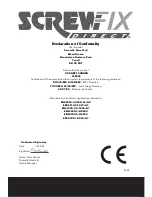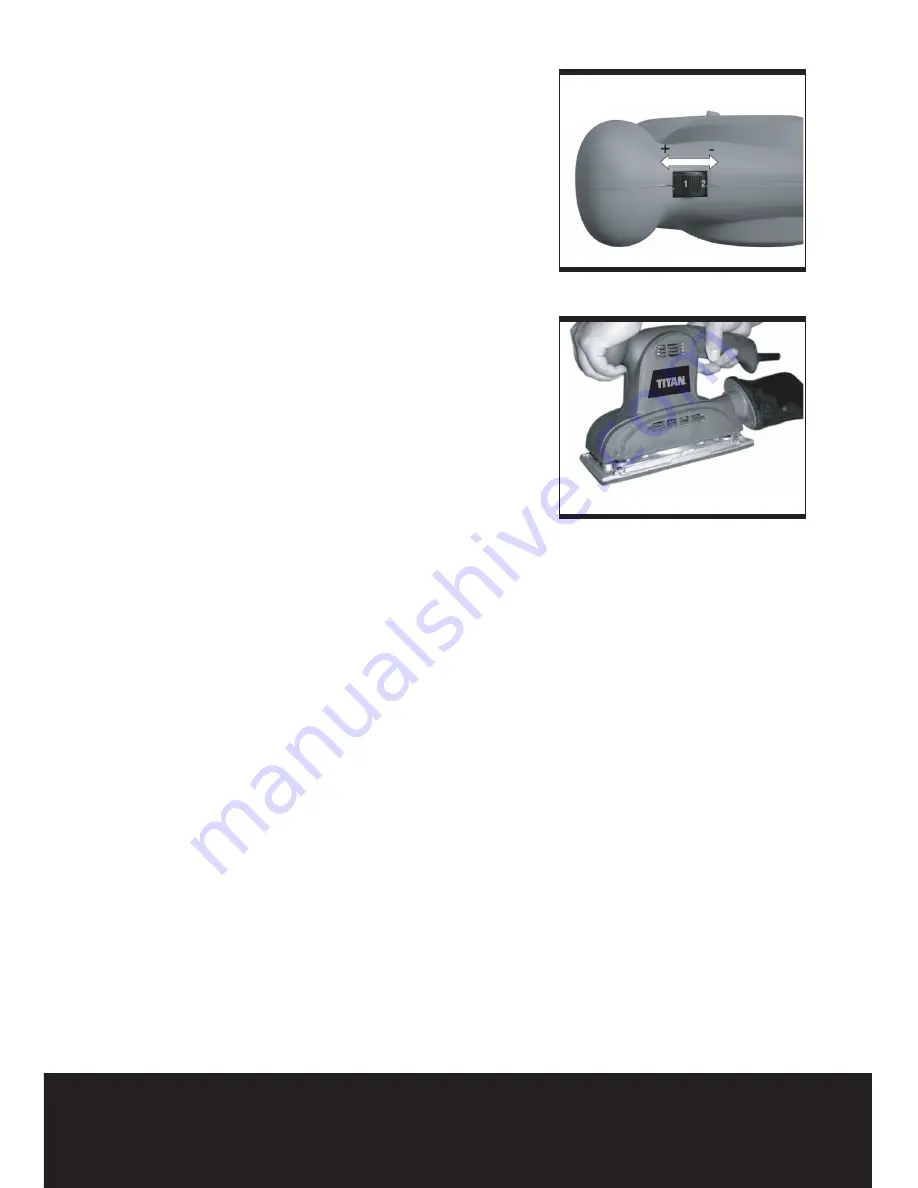
1/2 SHEET SANDER
SF290E
7. USING THE SANDER
(See Fig13)
The workpiece to be sanded must be secured. If
it is small or it may move during sanding, it must
be held in a vice or suitably clamped.
Be sure to hold the sander firmly whilst it is on
and apply it gently to the work, it may “kick”
on first contact. Hold the sander so that it is flat
on the work and move slowly, preferably with
a smooth, circular motion. Regularly check the
condition of the sanding paper and replace when
worn for best results.
WORKING HINTS FOR YOUR
SANDER
1. Your sander is useful for working on wood,
metal, painted surface. It will smooth surfaces
prior to painting, even where fillers have been
used and left proud.
2. Your sander is best suited to large flat areas such
as doors but can also be used on skirting boards,
windows, etc, provided they are accessible.
3. Different types of sanding paper will allow
the sander to meet various needs. Different
grades of sanding paper are available, the higher
grade number, the finer the grit. For rough work
start with a low grade of grit (i.e. 60 grade) and
change to a higher, finer grade (i.e. 100 or 120)
for finishing. If you use a fine grade for rough
surfaces it will soon clog and need changing.
4. At all times, let the sander do the work-do not
force it or apply excessive pressure to the sanding
paper or it could wrinkle or tear. Preferably, use a
light circular motion.
5. If the surface shows excessive making from the
abrasive motion, you may be using a grit which is
too coarse or applying too much pressure.
MAINTENANCE
1. Your power tool requires no additional
lubrication or maintenance. There are no user
serviceable parts in your power tool.
2. Never use water or chemical cleaners to clean
your power tool. Wipe clean with a dry cloth.
3. Always store your power tool in a dry place.
4. Keep the motor ventilation slots clean.
Fig 12
Fig 13
Summary of Contents for SF290E
Page 1: ...1 2 SHEET SANDER SF290E SAFETY AND OPERATING MANUAL...
Page 15: ......


